If you’ve ever tried finding your lower abdominal muscles, there’s a good chance you did so by “pulling your navel into your spine,” or, if you were lying on your back, flattening your low back to the ground.
These are popular techniques, but when you engage your abs this way, you unknowingly fail to activate an essential, deep stabilizing muscle called the transverse abdominis, or TA.
What is this TA Muscle Anyway?
Your TA is your innermost abdominal muscle (You have four layers of ab muscles!), and it’s the only one that connects to your spine through the fascia of your low back.
It wraps around your trunk like one of those support belts the guys at Lowe’s or Home Depot wear for heavy lifting, and it helps stabilize your spine and pelvis.
When the lowest part of your TA engages, it’s a deep, subtle feeling that happens much lower than your belly button.
It Can Be Hard to Feel at First!
Luckily, you have a low-belly “assistant” built right into your body, ready to help you find this vital muscle connection at any moment.
In today’s video, I’ll show you a simple technique to find your transverse abdominis with the help of this low-belly assistant.
I can’t wait to hear how this technique works for you. Make sure to let me know in the comments below.
With a TA smile,
Sydney
P.S. Once you get the hang of this technique, try pairing it with the tip from the video linked below for the ultimate in core-connecting success!
Pulling in Your Stomach for Core Strength? Try This Instead…

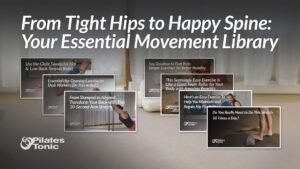
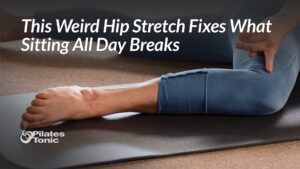

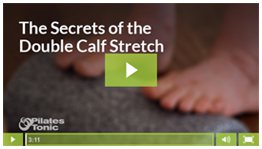

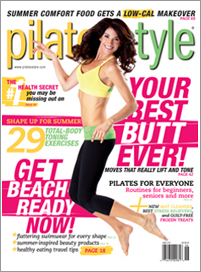
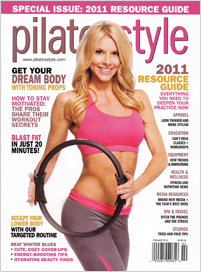
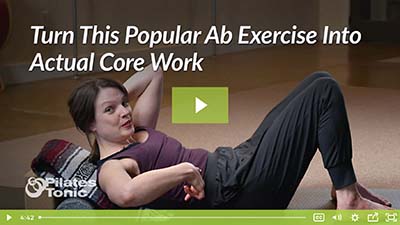
17 Responses
Thanks Sydney, this one, is one of those ‘sublte’ ones , that has connection with a ‘better’ low back 😊
Thanks for sharing, Much love and Sunshine from Spain !
Yes, indeed, a direct connection to a better feeling low back. Thanks so much for sharing, Tania!
Love it. Thank you.
So glad you enjoyed it. Thanks for letting me know, Diana!
Thanks Sydney ( i wrote before but it desappers 🙄😊
THis is one of those ones who helps a lot with low back pain !
Great info!!
Much love and Sunshine from Spain
❤️
For sure! Thanks so much for sharing, Tania! ♥️
Fantastic– there is so much “trying” that happens
so simple yet so effective and proprioceptive–
So true about the “trying,” Marion. Thanks so much for sharing!
Perfect way to explain it! Thank you!
Thanks for sharing, Polly! I’m so glad it was helpful!
Hi Sydney, I have a question for you. I have an umbilical and inguinal hernia at present ( they are both very small) and have read lots about how fascia exercise might improve hernias and even reduce their size. I noticed on one of your blogs that you said pulling your belly button to your spine, or doing Pilates Abdominal exercises, can cause or make hernias worse. Do you believe that doing transverse abdominal exercises is not great for hernias? Also, would you possibly help me with any fascia exercises I could do for this? I’d be really grateful if you could provide any feedback to me qt all. Warm regards. Monika
Hi Monika, It’s tough to be specific without seeing you, but generally speaking, being able to feel the difference between just pulling (or holding) the stomach in and the TA activating is essential. The best way to practice feeling TA is through the breath, like the exercise in this post, and also through the multifidus muscles on the spine. The videos linked below demonstrate a couple of ways to do this:
https://pilatestonic.com/2020/pulling-in-your-stomach-for-core-strength-try-this-instead/
https://pilatestonic.com/2015/how-to-activate-your-core-correctly-with-the-drawstring-technique/
For fascia exercises, gently massaging your abdomen can be helpful.
You might also like to check out Katy Bowman’s book Diastasis Recti: The Whole-Body Solution to Abdominal Weakness and Separation. It’s full of information and helpful exercises.
Hope this helps and wish you all the best!
Hi Sydney,
Thank you so much for your reply . I would love to come and see you however I live in Sydney ,Australia . Do you think it would be helpful to set up a zoom appointment with yourself for some guidance on fascia exercise as I have been reading fascia exercise can be very helpful with hernias and some other exercise that could help with small hernias?
Warm regards ,
Monika
Hi Monika, I’m not available for zoom sessions at this time. I really appreciate you asking, though!
No problem at all . Thank you for your help Sydney .
This works! 😁 Do you recommend practicing this while doing lower ab exercises?
Thanks for sharing, Rita! I do encourage this breath during lower ab exercises, for sure. 😃